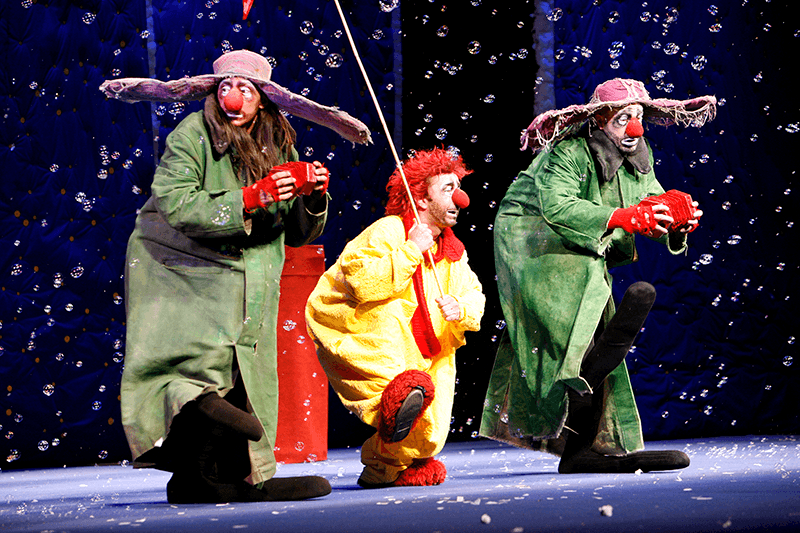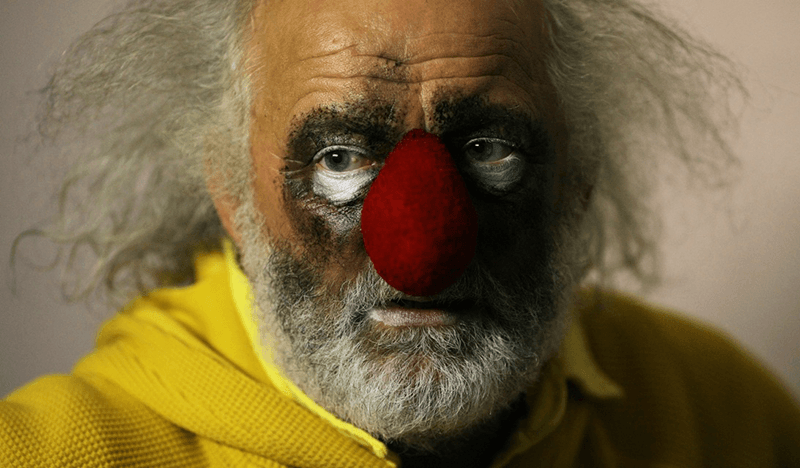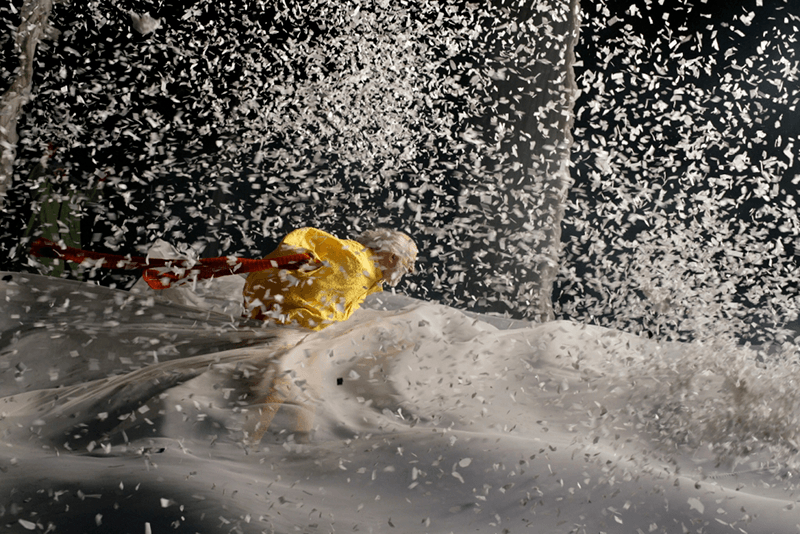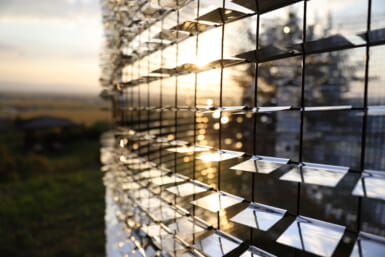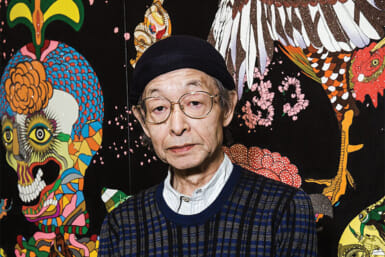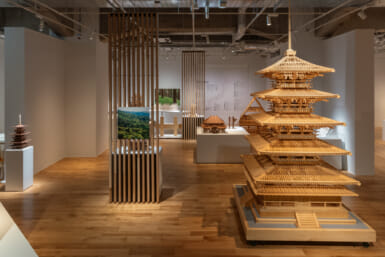With “Slava’s Snowshow” coming back to Tokyo for a two week run starting on July 30 Weekender decided to take a trip to Osaka – where it is currently being held – to see what all the fuss is about. In between shows we also had a chance to sit down for a chat with creator Vyacheslav Ivanovich “Slava” Polunin.
Fun, foolish, artsy and at times melancholic, Slava’s Snowshow is not an easy spectacle to categorize. It doesn’t have a script and the story is quite difficult to follow, yet it still manages to entertain people of all ages. The brainchild of Russian performance artist and clown Slava Polunin, it first opened in 1993. Since then it has been seen by more than five million people in over 30 countries and won numerous awards including the Drama Desk Award for Unique Theatrical Experience. It was also nominated for a Tony Award in 2009, yet Slava – who founded the Academy of Fools – cares little for accolades. It is the reaction of the audience that gives him the greatest pleasure.
“Always at the end of the show we have these huge balls that fly out into the crowd and everybody is playing with them. At that point it is hard to distinguish who are the adults and who are the kids,” he says with a smile. “When it comes to the former I want them to be able to retrieve what they felt during their childhood so they can recall how fun it was. When I go on stage as a clown I am not working. I am expressing myself and reliving the dreams I had as a youngster. As I convey this I hope that the older members of the audience can feel something similar.”
Slava is joined on stage by half a dozen puppet-like clowns in ragged, oversized coats. They are a boisterous bunch that regularly go into the crowd, stepping over people, spraying water at them and playfully snatching some bags. There is certainly a slapstick element to the show, but the performance also touches on themes of death and loneliness. In the opening scene Slava comes out in a bright yellow outfit with a noose around his neck. He’s unable to hang himself because at the other end of the rope is another clown attempting to take his own life.
The first half of the production may be a little slow for some children, but that is soon forgotten about as a web of unspun cotton envelops the audience just before the interval. Things seem to move a little faster in the second half as the show builds up to its dramatic paper blizzard finale set to “O Fortuna” from Carl Orff’s “Carmina Burana” at full volume and accompanied by spectacular back-lighting. Then the giant balloon-like balls are released and suddenly it becomes a free-for-all.
“It’s not about sending out one set message,” Slava tells us. “People naturally view it from a different perspective. Kids, for example, will probably see it purely as a fantasy. Older people might take it in with a sense of poignancy, while an academic may feel it represents a new psychological insight into something.
“You can see a bit of Marcel Marceau, Buster Keaton, Charlie Chaplin, Robert Wilson and others. I draw inspiration from all kinds of areas. In Japan I’ve long been interested in the work of Hayao Miyazaki, even before he became a big name in Europe. I also have a lot of kabuki books and if you watch closely enough you will see some points of influence from that in the production. Each city we visit has a different type of audience so we adapt the show to fit their needs. In England, for instance, there is an appreciation of absurdism so we bring in elements of ‘Alice in Wonderland.’ In America they get bored quickly so you need to be giving them something new every three seconds.”
According to Slava the most enthusiastic fans are in Mexico and Korea, though he also clearly loves performing in Japan. After the show he sits on the stage and chats with members of the audience, allowing them to take pictures while the other clowns continue to cause mischief. They are all very professional in what they do, but more than anything they are just out there having fun.
“That’s what it’s all about,” Slava says. “I don’t choose clowns based on their technique or skills, but on how much happiness I think they will bring to the show. The world is full of serious people working hard. You need some foolish folk to counterbalance that. This is what we are here for.”
Slava’s Snowshow will be running from July 30 to August 14 at Theater 1010 in the Senju Mildix Building near Kita-Senju Station. Tickets cost between ¥6,500 and ¥8,500. For more information visit the website http://slavasnowshow.jp/en/.
Main Image: © A.Lopez

